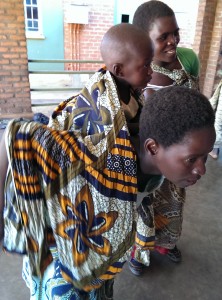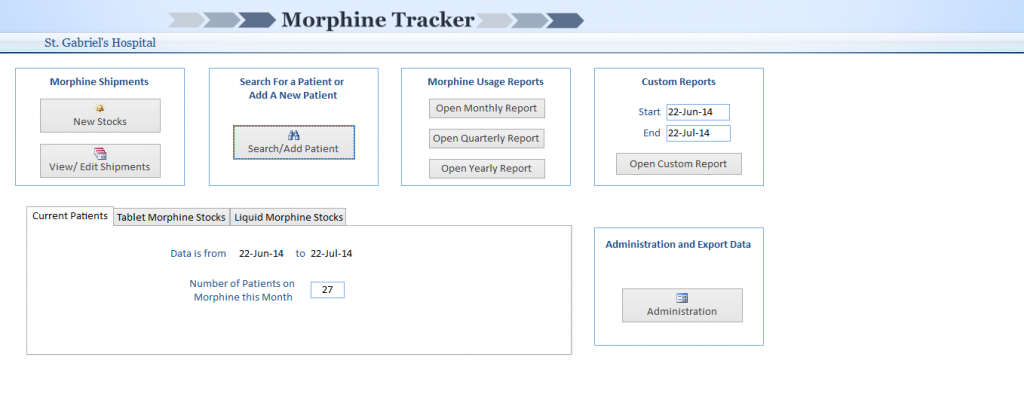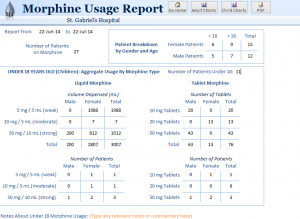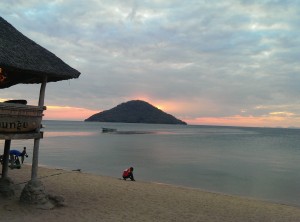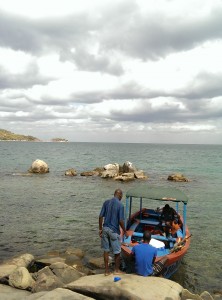1. Going home on a bike taxi at 5:30 in the evening will give you a gorgeous view of the sunset.
The main shops of Namitete are about a 15 minute bike taxi (45 minute walk) from the hospital and Zitha House (where we are living). The main road goes through fields and runs through the village and over small hills. The large pond of the Duck Inn reflects the pink and orange sunset perfectly. Definitely one of the things I’m going to miss the most.

2. Mendasi may be the cheapest snack I’ve ever had.
For 20 kwacha (equivalent to 5 cents), you can buy a ball of dough that has been lightly fried. I can usually restrain myself from buying one every time we go to market, but I can’t say the same for Joao. Kids of all ages will be carrying mounds of mendasi in buckets whether you’re in the capitol city or in Namitondo.
3. “Looking is Free”
Going to the Lilongwe craft market will always be followed up with a much needed advil. On the craft market corner next to the Game complex, dozens of sellers will bombard us once we step into the market’s fifteen foot radius. Good news though: “Looking is free”. I’m not quite sure why but they like to give us fake names. The last person I bought something from told me his name was Chicken Soup.
4. You + Camera = 20 kids fighting to get in the camera’s view
Many of the neighbor’s kids love striking poses for us. Once they see us take out our phones/camera, dozens of kids (seemingly out of nowhere) will push each other to get in the picture. Introducing them to “The Selfie” was a big hit. Poses include cartwheels, karate stances, and pushups.
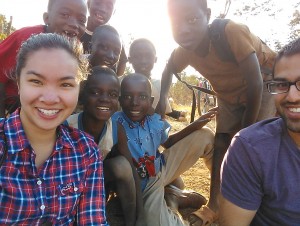
5. Don’t underestimate the hospital soccer team
Last weekend, we went to see the hospital men’s football team scrimmage against the Namitete Sun Downs team. The Sun Downs are semi professional and players are paid to be on the team. We shamefully thought the game would turn out to be a blow out in favor of the Sun Downs. Although the hospital team did lose, it was only by a differential of one goal (2-1 Sun Downs). The game had a large crowd, and we recognized players on both teams. Football is a common past time for people of all ages. On our way home from the hospital in the evening, we’ve never failed to not see an ongoing pickup game.
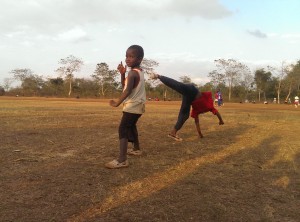
6. Knowing a few phrases of Chichewa goes a long way.
Chichewa 101. The phrases I’ve picked up this summer are by no means an extensive list, but knowing the common greetings is a great gesture to the locals. We’ve had people stare at us in shock and then laugh hysterically after we say simple phrases like “Good morning”, “How are you”, or “Have a nice day”.
7. The best time is nsima time
Nsima time refers to the 2 hour lunch break by the hospital. However, when someone mentions nsima all I can think about is the unique staple food that everyone here eats on a daily basis. The interns joke about bringing it to the Rice servery kitchens some day…
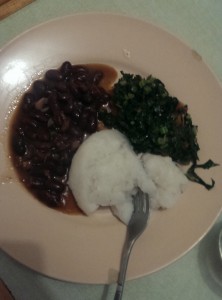
8. Tomatoes and onions are all you need
The Namitondo produce market may not provide us with a great luxury of assortments, but we can always rely on it to have plenty of tomatoes and onions. Since we cook for ourselves every dinner and the occasional lunch (if ramen/pbj sandwhiches aren’t sufficient), we try to call out to our creative sides for new choices of dishes. One criteria though: it must contain tomatoes and onions. Joao, Jesal, and I probably consume at least 30 tomatoes and 20 onions every weak.

9. Chitenje— every Malawian woman’s favorite accessory
A chitenje is an African garment roughly 2 meters long with many versatile uses. I’ve seen it used as a head wrap, a skirt, a saddle for a child to attach to the mother’s back, part of a scale, and much more! Our friend Gift said to me, “You become part of Malawian culture once you buy a chitenje”. Needless to say, we all bought ourselves a few chitenjes.
